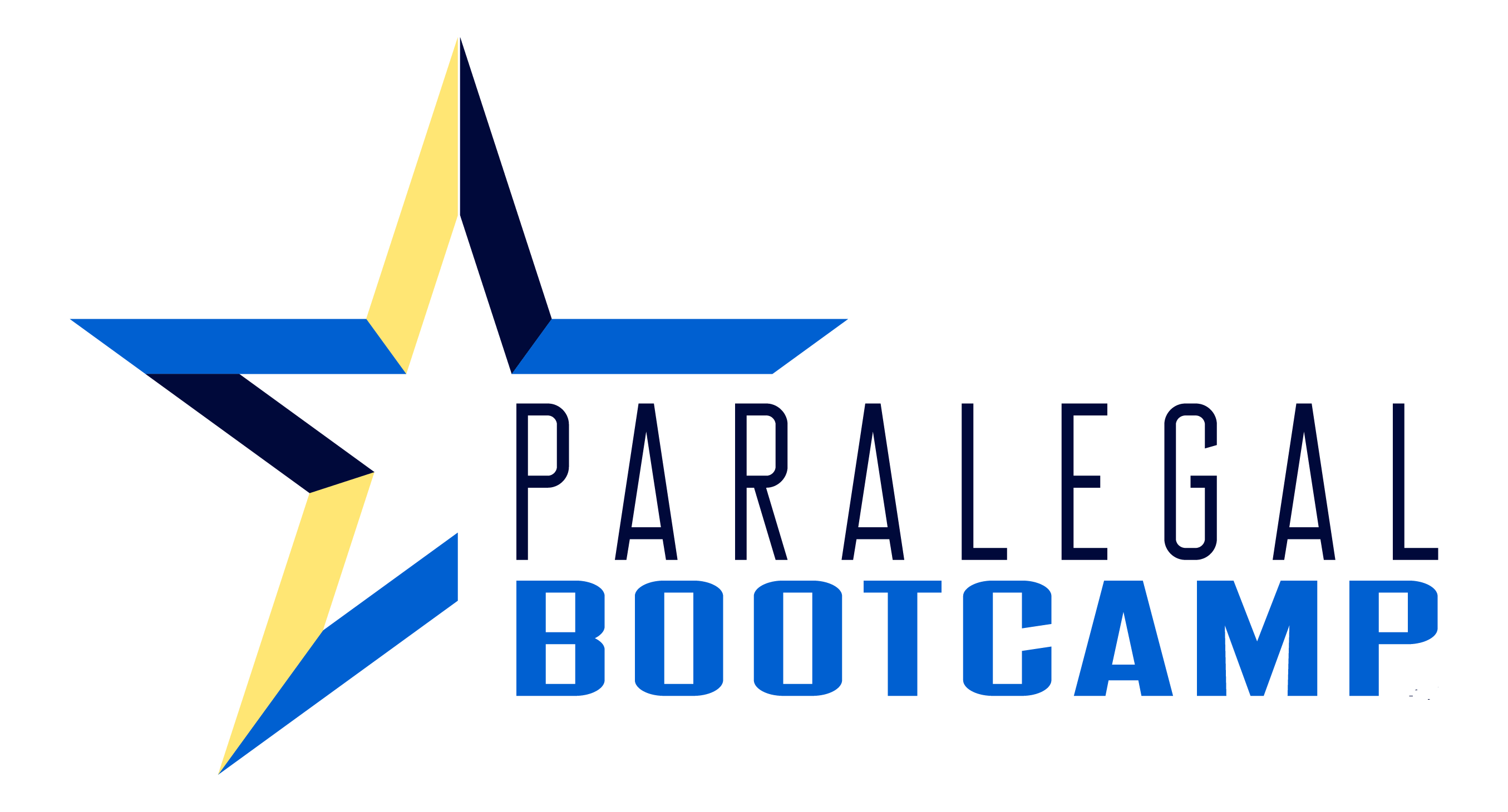Billable Hour Numbers You Should Be Tracking
If you are a paralegal working in a law firm with an annual billable hour requirement, there are a few numbers that you should be tracking every month. They are the numbers that management tracks.
GRAB THIS WEEK’S PODCAST EPISODE 👇
Are you new to billable hours and entering your time? Here’s Everything You Need to Know About Billable Hours.
The three key numbers you should track if you are a paralegal working in a law firm with a billable hour requirement are:
1. Utilization
2. Realization
3. Productivity

What is Utilization?
Paralegal utilization is the percentage of your time that is entered into the timekeeping system as billable to a client file, compared to the amount of your time that the firm has budgeted for you to bill. In other words, how much of your work time is being spent on billable work. It looks like this:
1200 hours (actual hours billed) divided into 1,500 (budgeted) billable hours = 80% utilization.
Why is this number significant?
Imagine if a law firm budgets for 20 paralegals to bill 1,500 hours this year, and every one of them is at a 75% utilization rate.
If their utilization is 100%, it will look like this: 20 paralegals x 1500 hours = 30,000 hours
If their utilization is 75%, it will look like this: 20 paralegals x 1125 hours = 22,500 hours.
That’s 7,500 hours less than the law firm budgeted for their paralegals. Assuming a 90% collection rate and an average hourly bill rate of $150 per hour – that’s a loss of $1,125,000 compared to what they had budgeted.
75% doesn’t sound like a bad number for a grade, but when you’re looking at paralegal utilization, you want yours to be at 100% or more.
If 2 of those 20 paralegals were laid off, that would (conceivably) redistribute their work to the remaining 18 paralegals and thereby increase their paralegal billable hours and utilization numbers.
How can you improve your utilization?
You have to increase your billable hours. Easier said than done, right?! Especially if you’re still working from home. Watch our recent YouTube video on why these numbers are more important than you think.
Free Paralegal Survival Toolkit

Our Paralegal Survival Toolkit is your 40-page guide packed with practical systems, confidence-boosting strategies, and real-world tools every new (or overwhelmed) paralegal and legal assistant needs.
You’ll walk away with:
- A plan to get out of overwhelm
- Scripts for tough conversations with colleagues
- Tools to build confidence and credibility
- A roadmap to becoming the rockstar paralegal
What is Realization?
Paralegal realization is the percentage of recorded time that stays on the bill and is paid by the client versus the amount entered into the billing system. In other words, how much did the firm “realize” in collections compared to the value that was input into the system.
For example, if $2,000 worth of your time is recorded into the billing system, but $500 of that time is later written off by the billing partner. The client is billed (and pays) $1,500.
The realization rate on that paralegal’s time is 75%.
It is calculated like this: Amount Collected/Amount Entered into the system (at full rate).
$1500/$2000 = 75%
A low realization number could also be the result of working on client files that have a reduced rate that is lower than your standard bill rate.
How can you increase your realization numbers?
The best way to increase your realization is to reduce or eliminate write-offs and write-downs to your time. The way to do that is to write better time entries.
Get tips on drafting better time entries.
What is Productivity?
Your productivity number is the percentage of time spent on billable work compared to the total hours worked (not paid). You can measure this by dividing hours billed into hours worked (not paid hours, just worked hours).
In other words, if you leave a couple of hours early for a doctor’s appointment and only work 6 hours, but use 2 hours, then your work hours are 6. If you billed 5 hours that day, the calculation would look like this:
5 divided into 6 = .83 or 83% of the time they worked that day was billed to a client file.
As a paralegal manager, I would look at productivity numbers if utilization was log or overtime was high, Here’s why:
Paralegal A and Paralegal B both have a 1,500 billable-hour quota to meet.
Paralegal A, working at 90% productivity, will meet that 1,500 billable-hour quota in 1,665 work hours.
Paralegal B, working at 75% productivity, will meet that 1,500 billable-hour quota in 2,000 work hours.
That means that Paralegal B is working 335 more hours per year to do the same amount of work as Paralegal A.
How can I improve my productivity?
We discuss many methods for improving paralegal time management in our Billable Hour Boot Camp. One of those methods that will give you a boost in daily productivity is to start tracking your daily productivity number.
If you’ve ever been on a diet or are just trying to eat a little healthier, you know this works. If you track what you eat each day, you’re less likely to have a donut and a milkshake for breakfast. You want to feel the reward of looking back at your daily food log and seeing the healthy choices you made.
That’s also why the fitness tracker industry is a $50 billion industry.
If you happen to be a paralegal mentor for a new hire, one of the best things you can do for their career is to frankly, boldly, and clearly explain to those new paralegals something no one else wants to say out loud: Pay attention to your numbers! They do matter!
⏰ Get 3 Pro Tips for Paralegal Time Management.
Paralegal billable hours matter to a law firm.
What is a billable hour calculator?
A Billable Hour Calculator is a tool that helps paralegals and other timekeepers estimate how many billable hours are available in a given year so that they can plan out their months based on vacations, holidays, and other days off.
👉 See a sample of a Billable Hour Calculator.
Meet the Author

Ann Pearson is the Founder of the Paralegal Boot Camp and host of the Paralegal Coach Podcast Show. Ann is passionate about promoting the paralegal profession.
Ann spent 20 years working as a paralegal manager and a litigation paralegal before opening the Paralegal Boot Camp in 2010.
Ann’s training programs focus on adding immediate value to a paralegal’s career and bridging the gap between what a paralegal learns in school and what they actually do on the job.
Visit the About Us Page to learn more about why Ann started the Paralegal Boot Camp.

























